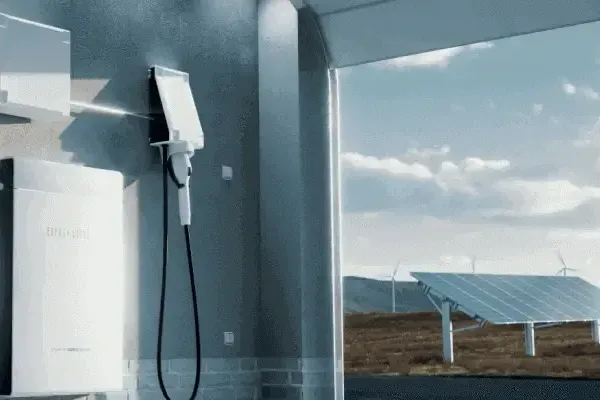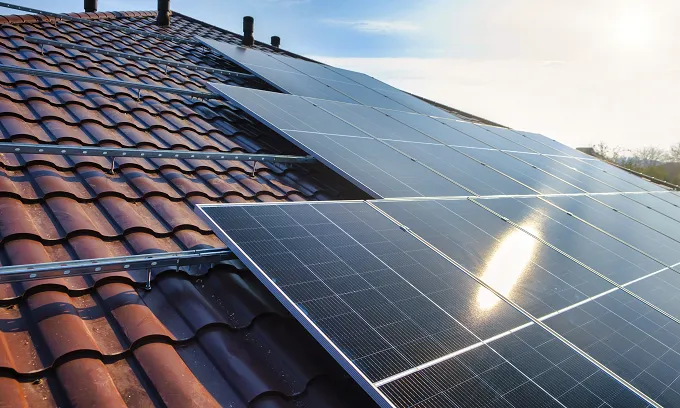Nearly one in five Australian households is vulnerable to, or experiencing, some form of energy hardship, according to Energy Consumer Australia’s latest 2025 Consumer Energy Report Card survey.
In their report, energy hardship is simplified into three factors:
- Financial difficulty in paying energy bills
- Spending 6% (or more) of your income on energy
- Cutting back on heating and cooling.
Switching to a cheaper energy plan can slash your power bill by hundreds yearly. But Energy Consumer Australia's survey indicates that 51% of vulnerable Aussies don’t regularly review their energy plan (or plans), citing not knowing where to start.
This isn’t a new phenomenon. The Australian Competition & Consumer Commission (ACCC) has repeatedly urged customers to compare energy plans since 2023. Unfortunately, this has proven to be a sticky problem.
Disinterest isn’t the culprit either. Energy Consumer Australia’s Household Energy Consumer Information Research reports that 89% of 2,500 households surveyed share a genuine interest in ‘learning more about ways to reduce their energy use and costs’.
Comparing energy plans is completely free. So why aren’t people shopping around?
The Behavioural Economics Team of the Australian Government (BETA) cites the following as the main reasons Aussies are reluctant to switch.
We are overwhelmed by too many choices
Energy experts, like the team here at Canstar, like to talk about the abundance of cheaper plans and providers as reasons to switch. However, too much choice is a double-edged sword as having hundreds of plans to compare can be overwhelming.
On top of that, not understanding how a plan’s rates, tariffs and discounts work can be discouraging.
Research also requires time and effort, which are increasingly finite.
Because of choice overload and energy’s complexity, Aussies may adopt an all-or-nothing attitude. As the numbers suggest, non-participation seems to be the popular outcome.
As the Consumer Energy Report Card survey suggests, vulnerable Aussies end up focusing on how much energy they use instead of the rates they pay for it.
Confusion about picking the cheapest energy plan
If you’ve been on the same energy plan for more than 12 months, you’re likely on your provider’s standing offer (standing contract for gas).
A standing offer is an energy plan that’s government-regulated in New South Wales, Southeast Queensland, Victoria and South Australia.
It’s a common misconception that standing offers are the cheapest energy plans because of government oversight. While it’s true that they protect regular Aussies from overpaying, they typically reflect the highest price a provider will charge you.
The same goes for brand loyalty. Once your current contract expires, your preferred provider won’t discriminate; you’ll be moved onto their standing offer either way. There’s no reward for staying on with the same provider.
Switch first, research later
If this is your first time shopping around for a new energy plan, don’t let inexperience get in the way of saving you money. Instead of fixating on the cheapest combination of rates, tariffs, discounts and other incentives, focus on the simplest step, which is switching to a cheaper energy plan.
As part of the Better Bills Guideline, all providers are required to inform customers how much they could save by switching to their ‘best’ offer. This information is on the first page of your power bill, and starting from 30 December 2026, providers must convey the same messaging in the cover emails that bills come attached to.
Switching to a provider’s best offer only takes a few simple steps. You can either call your provider’s support hotline or make the switch yourself on their online portal (if they have one).
Speaking from experience, I switched to my provider’s best offer from their standing offer in mere minutes in July. Here are the steps that I took:
- I logged into my provider’s online portal.
- Clicked the ‘Switch Plans’ prompt.
- Selected the cheapest plan available.
- Waited for two to three working days for the switch to take effect.
While my month-on-month energy usage fluctuates, monitoring my energy usage in real time through my provider’s app indicates that I’ve already saved at least $200. And I haven’t adjusted my cooling habits for the sweltering spring heat in Brisbane.
Your provider’s best offer may not be the cheapest energy plan available at your address, but it’s still cheaper than what you were paying before. If you’re strapped for time like me, this is still a rewarding outcome.
However, switching to your provider’s best offer is a gateway to potentially bigger savings. The next steps, such as understanding your energy usage and choosing a plan with a tariff that complements it require a bit more research.
Canstar’s energy comparison platform can help you compare energy plans offered at your postcode from a range of providers. Our job is to demystify the energy market and simplify the process of switching from one plan/provider to another.
If you’re new to all of this, don’t let the fear of the energy market paralyse you. All it takes is a phone call or a few swipes on your phone screen to potentially put hundreds back into your pocket.
Still not sure where to start? Find more info here.








